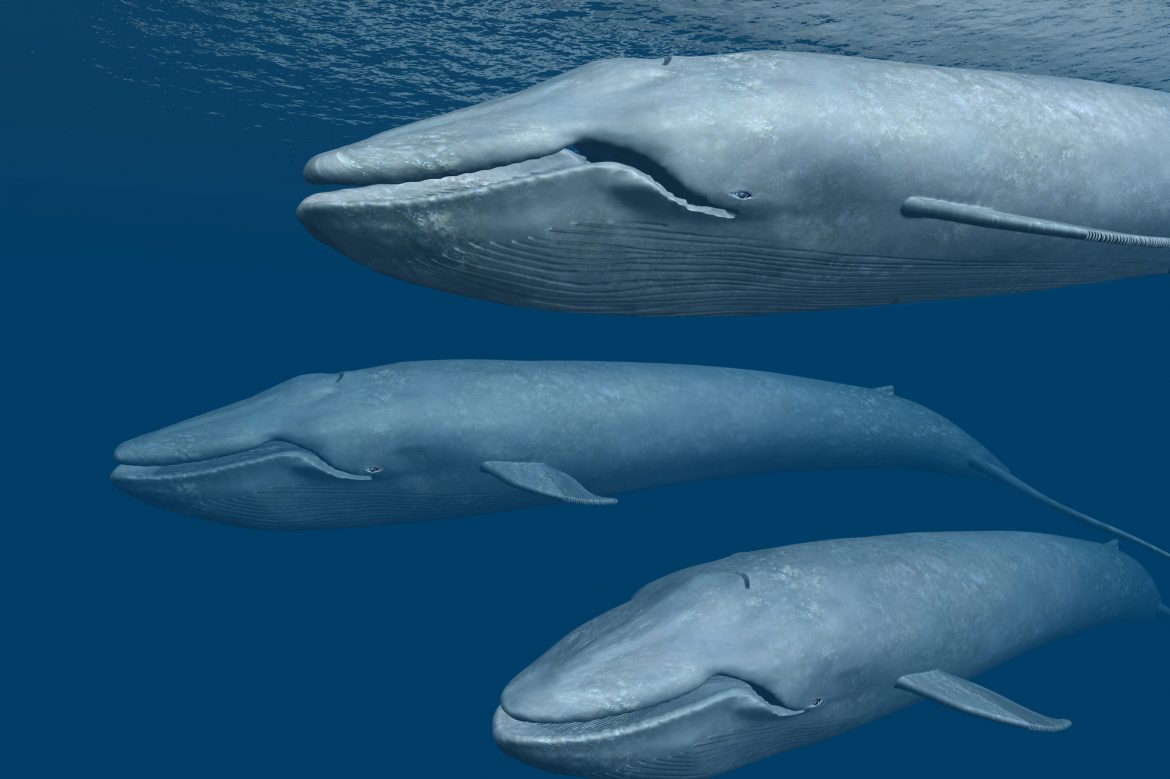
You’re as Fit as Your Energy
Our planet hosts more than 8 million species, from the giant blue whale to the tiny microscopic bacteria, none of which are truly superior to others when it comes to the struggle for existence. But why?
Because all species produce energy just enough to produce the next generation, and pass on (to their offspring) the same amount of energy per gram of the parent. In short: they are all equally “fit” for survival. This is outcome of a recent research on the generation time and energy production rate. The size does not matter here. It all boils down to the production of new biomass and the reproduction dynamics.
An elephant lives much longer than most other animals, and takes a longer time to produce and raise its young. Microscopic algae and single-celled organisms reproduce a lot faster, producing new biomass every day (or even every minute, in some cases) and live a lot shorter, sometimes only for a couple of hours.
Universal trade-off
How come such a diversity in reproduction and survival allows the persistence and coexistence of so many species? This is one of the most crucial questions of the research. And the answer is: There is a universal tradeoff in how organisms acquire, transform and expend energy for survival and production. And of course, this tradeoff is bound to the principles of biology and physics.
Researchers call net results of the study "equal fitness paradigm." All species are equally fit in producing new offspring because they all incorporate the amount of energy relative to their biomass. No species has an advantage over the others.
REFERENCES
- 1. https://archaeologynewsnetwork.blogspot.com/2018/01/what-species-is-most-fit-for-life-all.html#8zczVIXzt8dgqA9Q.99
- 2. https://www.nature.com/articles/s41559-017-0430-1
